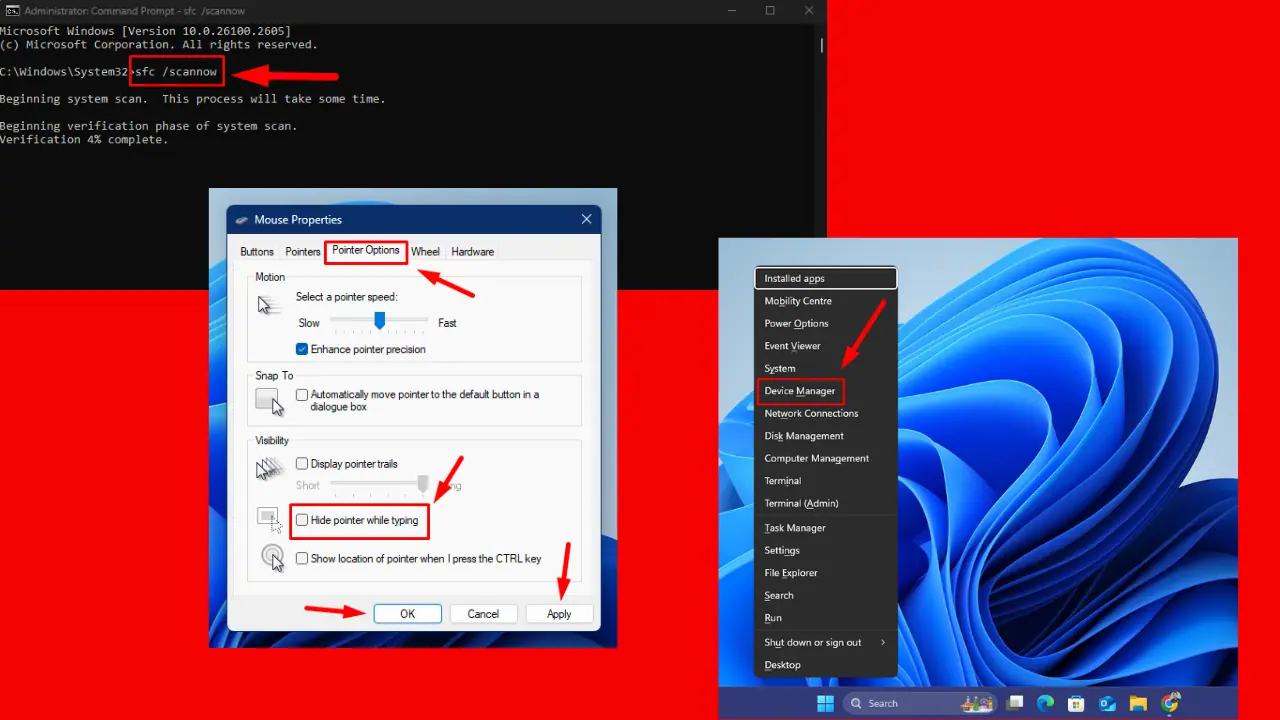Cortana Intelligence Suite is helping to predict floods and improve public safety
2 min. read
Published on
Read our disclosure page to find out how can you help MSPoweruser sustain the editorial team Read more

Researchers from the University of Texas collaborated with other researchers, federal agencies, commercial partners, and first responders to create the National Flood Interoperability Experiment (NFIE). They are using Microsoft Azure & Cortana Intelligence Suite to build a prototype for a national flood data-modeling and mapping system. The goals of the NFIE include standardizing data, demonstrating a scalable solution, and helping to close the gap between national flood forecasting and local emergency response.
Tim Petty, a PhD candidate at the University of Alaska, Fairbanks, wanted to address “the Onion Creek Problem,” and what we can do to estimate flood levels when stream gauges fail. And so project SHEM began.
Streamflow hydrology estimate using machine learning (SHEM) is a Cortana Intelligence Suite experiment that creates a predictive model that can act as a proxy streamflow data when a stream gauge fails. And due to the machine learning capabilities, it can even make estimates of stream levels where there is no actual stream gauge present.
SHEM differs from most existing models as it does not rely on distances between stream gauges and their location attributes, but is based solely on machine learning to process from historical patterns of discharge and interpret large volumes of complex hydrology data. This “training” prepares SHEM to predict streamflow information for a given location and time as it is impacted by multivariate attributes (for example, type of stream, type of reservoir, amount of precipitation, and surface and subsurface flow conditions).
Read about this project in detail here. Learn about Cortana Intelligence Suite from Microsoft here.









User forum
0 messages